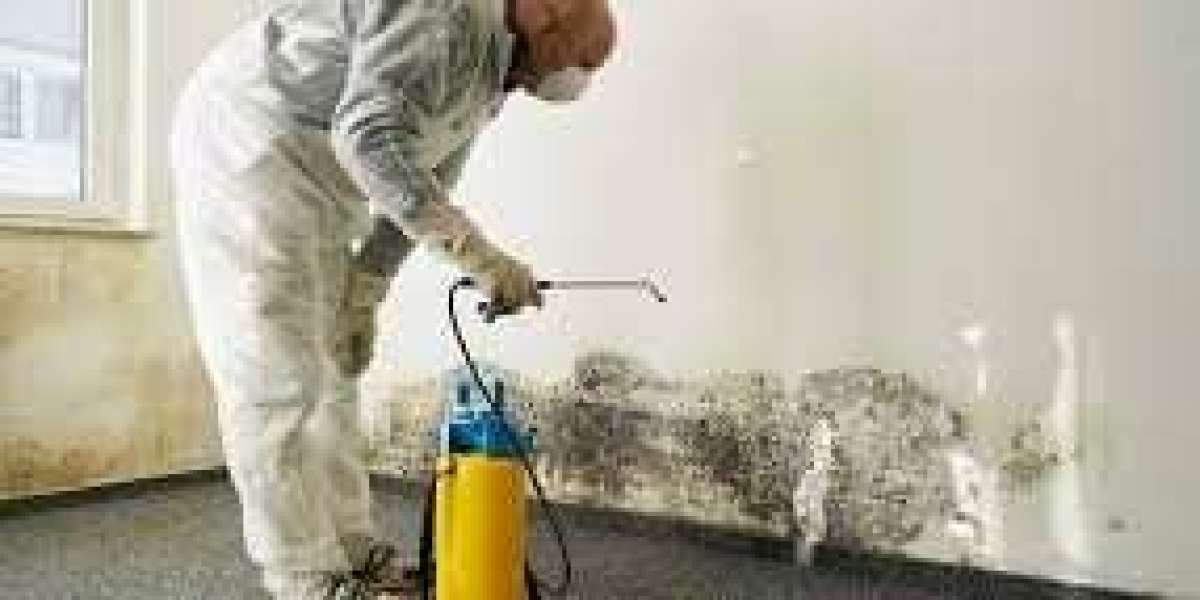Let’s face it—mold is one of those home issues that can creep up quietly and then explode into a major headache. Whether you're a homeowner, renter, or property manager, knowing how to handle mold growth quickly and safely is crucial. Mold isn’t just unsightly—it’s a health hazard and a potential money pit if ignored too long.
In this guide, we'll break down the basics of mold: what it is, why it matters, how to get rid of it, and—most importantly—how to prevent it from coming back.
What Is Mold and Why Should You Care?
Mold is a type of fungus that thrives in damp, warm environments. You might spot it as black, green, white, or even yellow fuzzy patches on walls, ceilings, or floors. But the biggest issue with mold isn’t just how it looks—it’s how it affects your health and your property.
People with allergies, asthma, or weakened immune systems are particularly sensitive to mold exposure. Symptoms can range from coughing and sneezing to more serious conditions like asthma attacks and chronic respiratory issues. Even if you're healthy, prolonged exposure to mold is never a good idea.
If you're noticing a persistent musty odor or experiencing unexplained health symptoms, those could be red flags of a hidden mold infestation.
Common Signs You’ve Got Mold
Before you panic, here are some signs to look for:
- Visible mold growth (green, black, or white spots)
- Earthy or musty smells
- Water stains or discoloration on walls or ceilings
- Recurring allergy-like symptoms when indoors
The earlier you catch these signs, the easier and less expensive it is to fix.
The Right Way to Remove Mold: Step-by-Step
If you're ready to tackle mold head-on, here’s a breakdown of what proper mold remediation should look like:
1. Find the Moisture Source
Mold is just a symptom. The real problem? Moisture. Whether it’s a leaky pipe, a poorly ventilated bathroom, or rising humidity, you need to find and fix the moisture source first. Otherwise, the mold will just keep coming back.
2. Contain the Area
During removal, mold spores can travel through the air and settle in other rooms. Use plastic sheeting, seal off the space, and set up negative air pressure if possible to prevent cross-contamination.
3. Suit Up: Safety First
Wear protective gear—this includes gloves, goggles, and an N95 mask or better. Mold spores are tiny and can be dangerous if inhaled, especially during removal.
4. Remove the Mold
For small areas, a mix of vinegar, bleach, or commercial mold cleaners can do the trick. For larger infestations, though, you might need to tear out and replace materials like drywall or carpet.
5. Disinfect Everything
After removal, clean all surfaces thoroughly. Even invisible spores can linger, so sanitizing is a must to prevent regrowth.
6. Dry the Area Completely
Mold loves moisture. Use dehumidifiers and fans to thoroughly dry out the area. Monitor humidity levels and keep them under 50% to discourage future mold formation.
Long-Term Mold Prevention Tips
Once your home is mold-free, here’s how to keep it that way:
- Fix leaks fast—don’t let moisture sit.
- Use dehumidifiers in basements and bathrooms.
- Improve ventilation—install exhaust fans, open windows.
- Regularly inspect high-risk areas like behind furniture or under sinks.
- Maintain your HVAC system to reduce indoor humidity and ensure good airflow.
When to Call the Pros
If the mold problem is extensive (covering more than 10 square feet) or you have health concerns, it’s wise to bring in a professional mold remediation specialist. They have the equipment and training to remove mold safely and thoroughly.
For a deeper dive into mold removal techniques and expert advice, check out the original article here.
Final Thoughts
Mold isn't just a cosmetic issue—it’s a signal that something’s not right with your home’s environment. Acting quickly can save your health, your wallet, and your property.
Got mold? Don’t wait. Tackle it now and take steps to prevent it from coming back stronger.
Need more home care tips or expert mold removal help? Subscribe to stay updated on DIY fixes, property maintenance advice, and more homeowner hacks.


